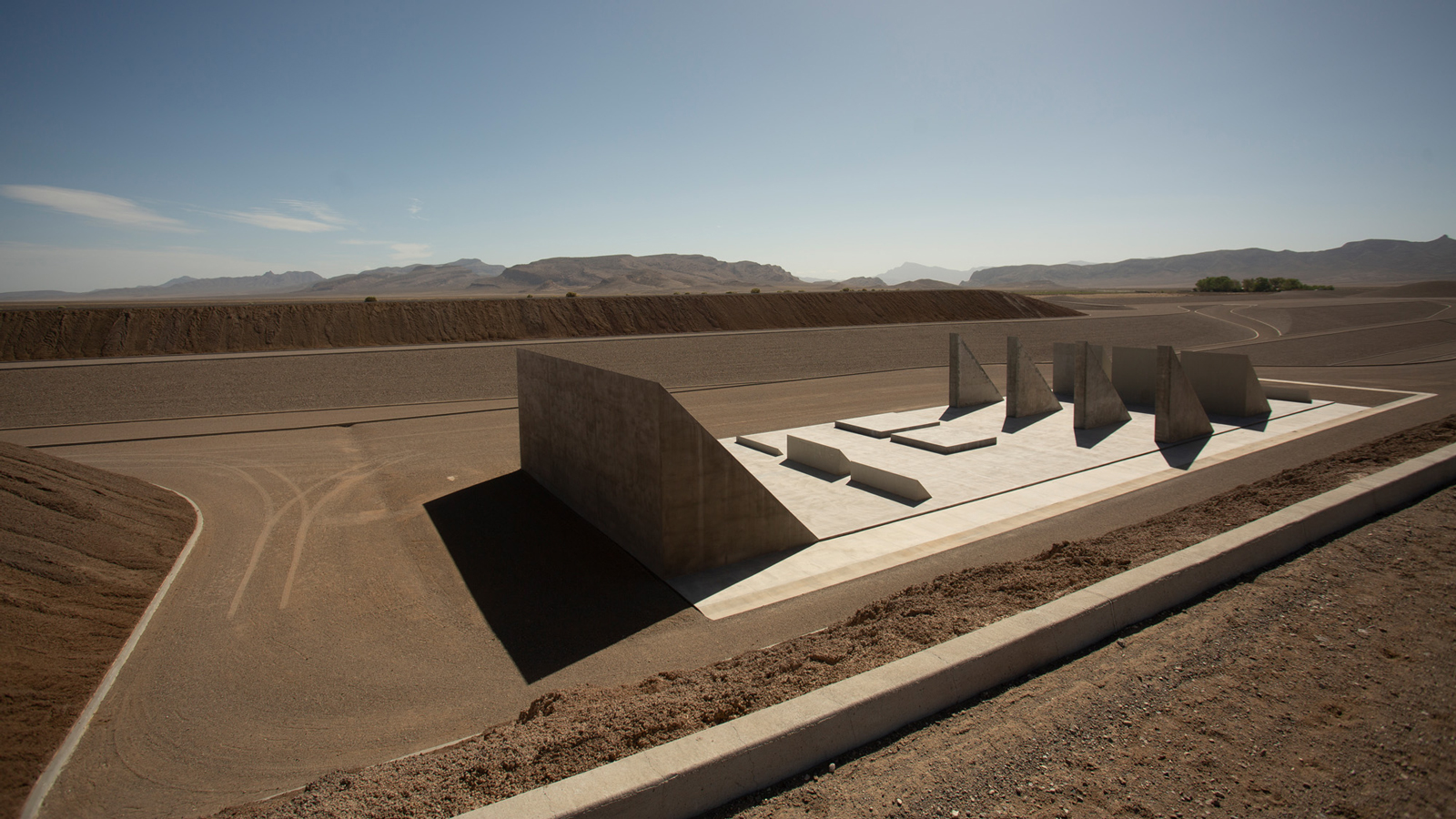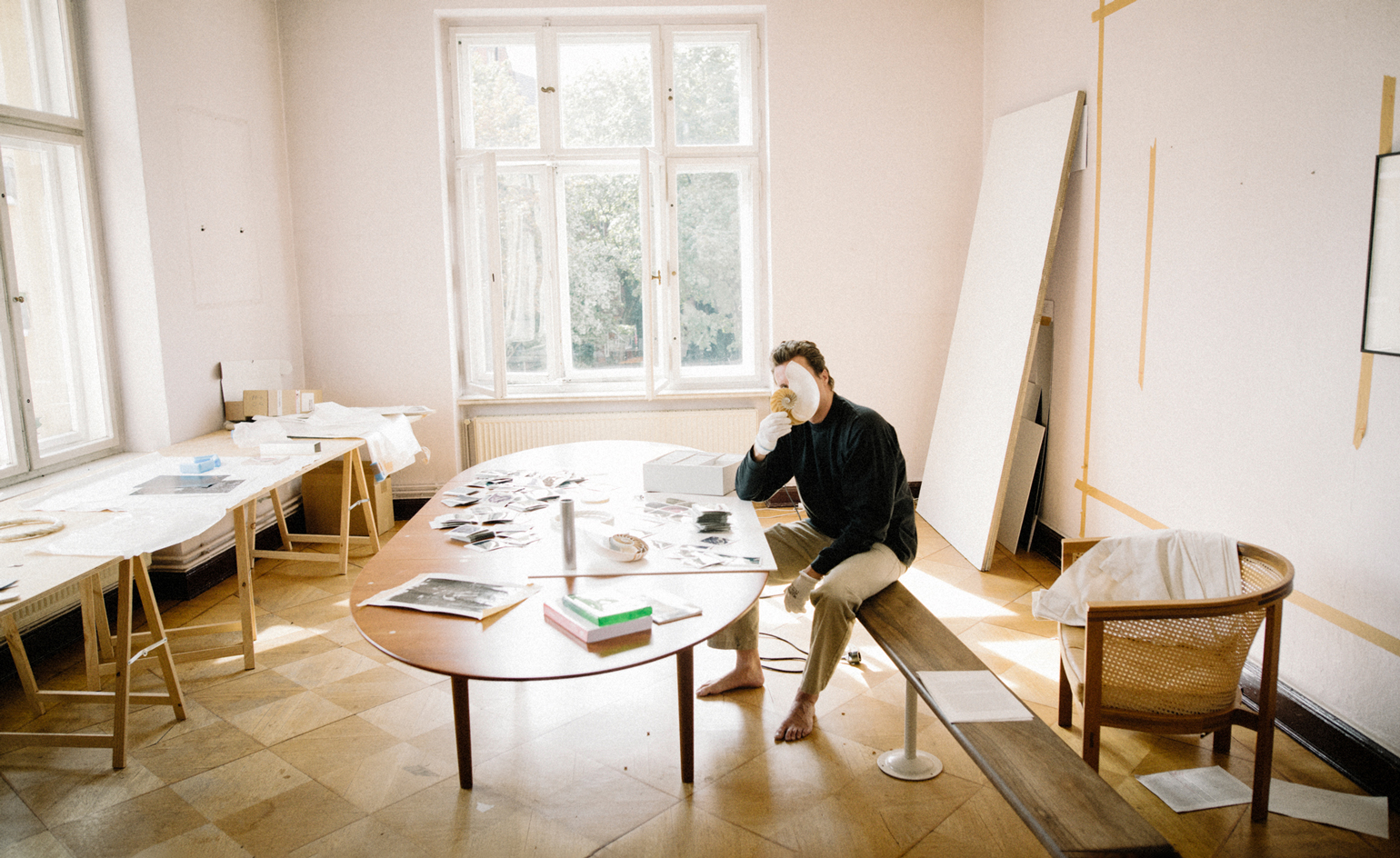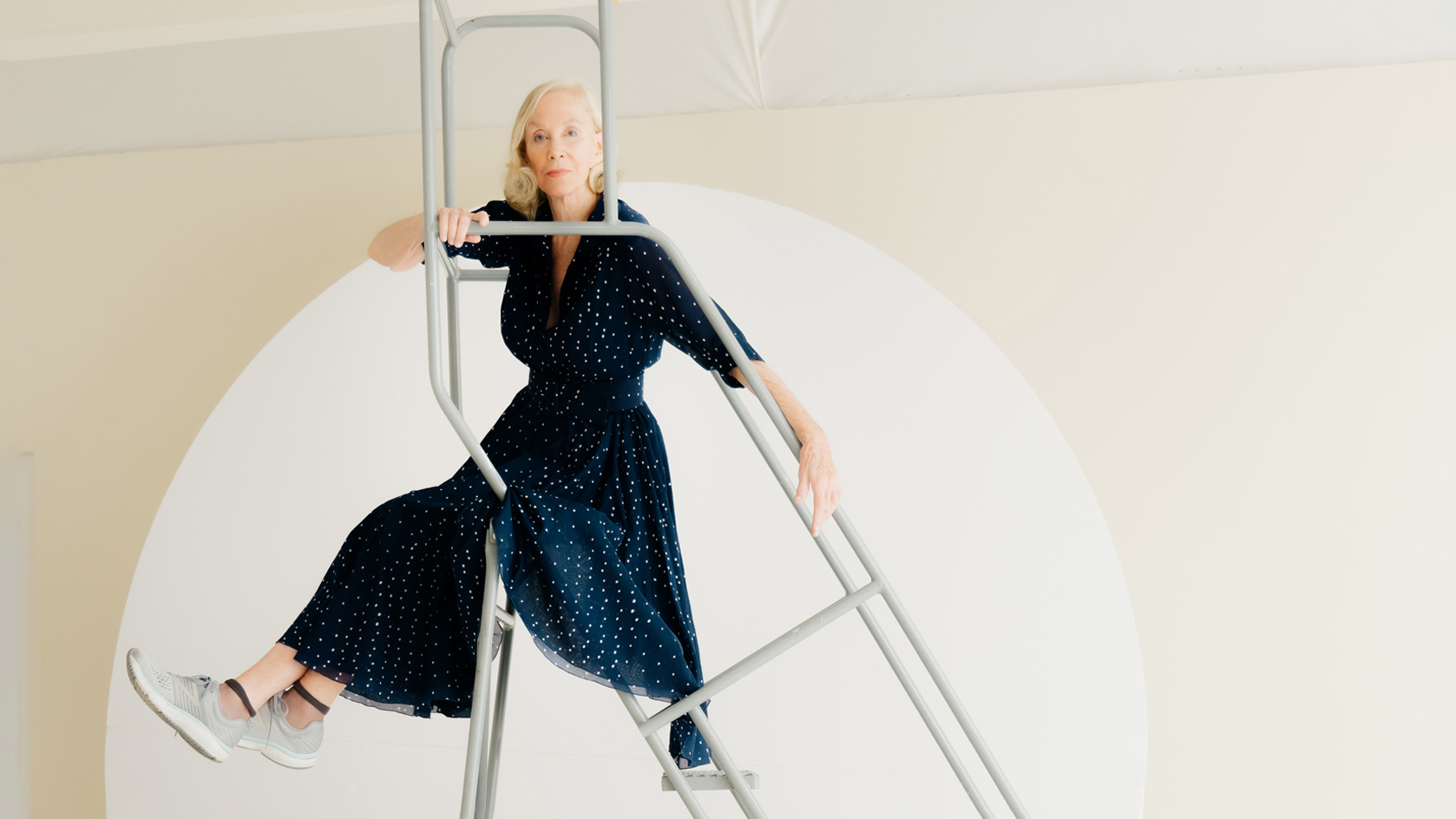Architectural futurism and urban ‘nudity’: Liu Wei at White Cube
What is urban space without bodies? Chinese artist Liu Wei describes his eerie exploration of deserted cityscapes at White Cube Bermondsey

Beijing-based artist Liu Wei’s show, ‘Nudità’ is a commentary on the state of the world from 2020-2021. Dominating the entire White Cube Bermondsey space, Liu draws on the work of Italian philosopher Giorgio Agamben, relating his theories of ‘nudity’ to an urban landscape drained of life and human connection during the pandemic.
Born in 1972, Liu grew up during a period of rapidly accelerating urbanisation in China. The artist has consistently turned to architectural themes, probing how we plan, build, consume and experience our cities.

Liu Wei, ’Nudità’, White Cube Bermondsey, until 5 September 2021.
Expanding upon the artist’s recent solo exhibition at Long Museum earlier this year, a new series of works is a timely examination of how urban space, devoid of human presence, is just a series of redundant, abstract objects.
‘Would a society, absent of physical bodies, lose the foundation of love, and would it still be possible to trust one another without physically getting together?', says Liu. ‘We compromise everything: our daily life, social relationships, work, even friendship, romance, religion, and political creeds, to preserve the “bare life." After all, we've only become more distant, sceptical, or even hostile.’


Liu Wei, ’Nudità’, White Cube Bermondsey, until 5 September 2021.
Among new sculptures and paintings is the colossal installation, Dimension at once resembles a flesh-stripped carcass, a spaceship, and a futuristic cityscape. Forming part of Liu’s ongoing ‘Microworld’ series, the piece feels like the building blocks of a new world observed through advanced scientific and optical tools.
Elsewhere, Liu’s multi-part installation Allegory, is a concrete diorama. Unlike Dimension, this is a city in ruins: fragmented columns, pedestals, roadblocks inhabited by an eclectic combination of species: a giant tortoise, a cat, a snake, a fox and an owl.
‘The emergence of animals (in my work) suggests different inherent instincts within the human body, which brings forth those allegories embedded within,’ says Liu. ‘It assigns a sense of vitality to the abstract urban environment while releasing a dimension of time that has been contracted due to such a pause, then taking the body back to its origin.’


Liu Wei, ’Nudità’, White Cube Bermondsey, until 5 September 2021.
INFORMATION
Liu Wei, ’Nudità’, White Cube Bermondsey, until 5 September 2021. whitecube.com
Receive our daily digest of inspiration, escapism and design stories from around the world direct to your inbox.
Harriet Lloyd-Smith was the Arts Editor of Wallpaper*, responsible for the art pages across digital and print, including profiles, exhibition reviews, and contemporary art collaborations. She started at Wallpaper* in 2017 and has written for leading contemporary art publications, auction houses and arts charities, and lectured on review writing and art journalism. When she’s not writing about art, she’s making her own.
-
 This clever café-cum-playroom in Poznań makes space for everyone
This clever café-cum-playroom in Poznań makes space for everyoneDesigned by Poland’s Cudo Studio, Sunday proposes a warm, dynamic take on the family café
-
 Irys is an app designed by photographers for photographers. We take it for a test run
Irys is an app designed by photographers for photographers. We take it for a test runIrys celebrates the art and quality of photography, along with the joy of discovery. We discuss the nature of online creativity and the artlessness of social media with founder Alan Schaller
-
 Pantone chose white as colour of the year: resistance to plurality, or quiet emblem of hope?
Pantone chose white as colour of the year: resistance to plurality, or quiet emblem of hope?The Pantone Colour of the Year 2026 – Cloud Dancer white – was met with both intrigue and horror from the design community. We speak to four design professionals who weigh in on this year's candid hue
-
 What is RedNote? Inside the social media app drawing American users ahead of the US TikTok ban
What is RedNote? Inside the social media app drawing American users ahead of the US TikTok banDownloads of the Chinese-owned platform have spiked as US users look for an alternative to TikTok, which faces a ban on national security grounds. What is Rednote, and what are the implications of its ascent?
-
 Cui Jie revisits past utopian architectures in her retro-futuristic cityscapes
Cui Jie revisits past utopian architectures in her retro-futuristic cityscapesCui Jie responds to the ‘Cosmos Cinema’ theme of the Shanghai Biennale 2023
-
 Remote Antarctica research base now houses a striking new art installation
Remote Antarctica research base now houses a striking new art installationIn Antarctica, Kyiv-based architecture studio Balbek Bureau has unveiled ‘Home. Memories’, a poignant art installation at the remote, penguin-inhabited Vernadsky Research Base
-
 Ryoji Ikeda and Grönlund-Nisunen saturate Berlin gallery in sound, vision and visceral sensation
Ryoji Ikeda and Grönlund-Nisunen saturate Berlin gallery in sound, vision and visceral sensationAt Esther Schipper gallery Berlin, artists Ryoji Ikeda and Grönlund-Nisunen draw on the elemental forces of sound and light in a meditative and disorienting joint exhibition
-
 Cecilia Vicuña’s ‘Brain Forest Quipu’ wins Best Art Installation in the 2023 Wallpaper* Design Awards
Cecilia Vicuña’s ‘Brain Forest Quipu’ wins Best Art Installation in the 2023 Wallpaper* Design AwardsBrain Forest Quipu, Cecilia Vicuña's Hyundai Commission at Tate Modern, has been crowned 'Best Art Installation' in the 2023 Wallpaper* Design Awards
-
 Michael Heizer’s Nevada ‘City’: the land art masterpiece that took 50 years to conceive
Michael Heizer’s Nevada ‘City’: the land art masterpiece that took 50 years to conceiveMichael Heizer’s City in the Nevada Desert (1972-2022) has been awarded ‘Best eighth wonder’ in the 2023 Wallpaper* design awards. We explore how this staggering example of land art came to be
-
 Cyprien Gaillard on chaos, reorder and excavating a Paris in flux
Cyprien Gaillard on chaos, reorder and excavating a Paris in fluxWe interviewed French artist Cyprien Gaillard ahead of his major two-part show, ‘Humpty \ Dumpty’ at Palais de Tokyo and Lafayette Anticipations (until 8 January 2023). Through abandoned clocks, love locks and asbestos, he dissects the human obsession with structural restoration
-
 Year in review: top 10 art interviews of 2022, chosen by Wallpaper* arts editor Harriet Lloyd-Smith
Year in review: top 10 art interviews of 2022, chosen by Wallpaper* arts editor Harriet Lloyd-SmithTop 10 art interviews of 2022, as selected by Wallpaper* arts editor Harriet Lloyd-Smith, summing up another dramatic year in the art world